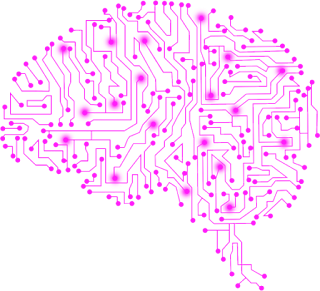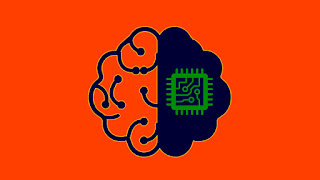Top Machine Learning Algorithms || UNIV_TECHS
ML algorithms study is regarded to be the ‘Sexiest job of the 21st century’ as shown in the Harvard Business Review article. For beginners who are eager to study Machine learning basics, here is a great quick guide to the top 10 Machine Learning Algorithms used by ML programmers that you must know.
Machine Learning algorithms do not require human intervention, they are able to study data and advance from experience. Learning data entails studying the function that plots input and output and studying the unseen structure from unlabeled data. Ensure you choose the right machine learning task that is appropriate to your problem. Try different Algorithms for every problem to evaluate their performance and then choose the best.
Types of Machine Learning Algorithms
A basic understanding of varying types of ML Algorithms will enable you to understand better on how algorithms work.Click Here: To see the types of ML
The Top Machine Learning Algorithms
1. Linear Regression
Linear regression is the easiest of all algorithms to understand. It shows the relationship of variable(x) in relation to variable(y). It illustrates the effects of a dependable variable where change occurs in the independent variable. Its commonly used for presentations by insurance firms, forecasting sales, and analyzing risk assessment in health.2. Logistic regression
This technique is effective for the binary classification. In logistic regression, the output is a probability that ranges from 0 to 1, unlike linear regression where an output is produced directly. logistic regression can be used in events that require more logic for a prediction like when forecasting weather conditions, during voting to know whether people will vote for a certain candidate or not. The objective of logistic regression is to reduce the error between the forecast outcome and the real outcome by using the training statistics to know values of coefficients b0 and b1. Maximum Likelihood Estimation technique is used to estimate the coefficients.3. Classification and Regression Trees
The decision tree includes the non-terminal nodes represented by the root node and internal node and terminal nodes. Terminal nodes are represented by leaf nodes.A single input variable (x) presents a certain non-terminal node and a split point on that particular variable. The leaf node shows output variable (y) which makes a prediction. When using the tree model to make predictions, you walk through the splits of the tree up to the leaf node and output the value shown at the leaf node.




Comments
Post a Comment